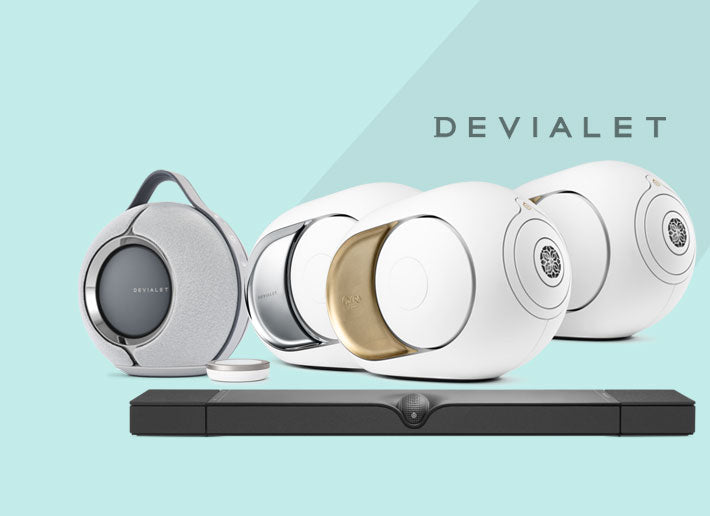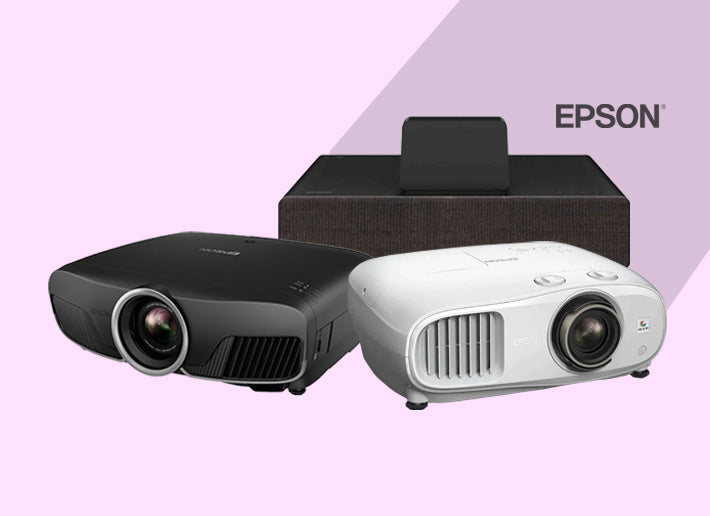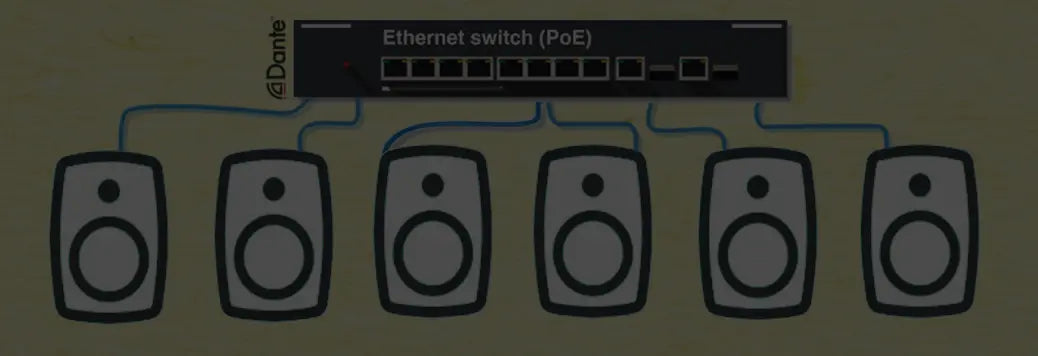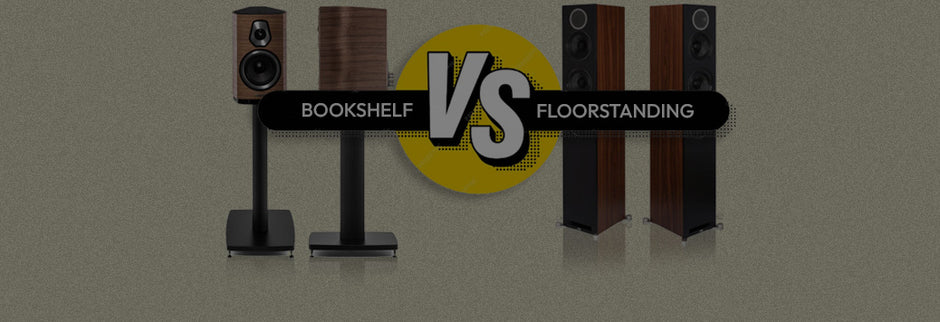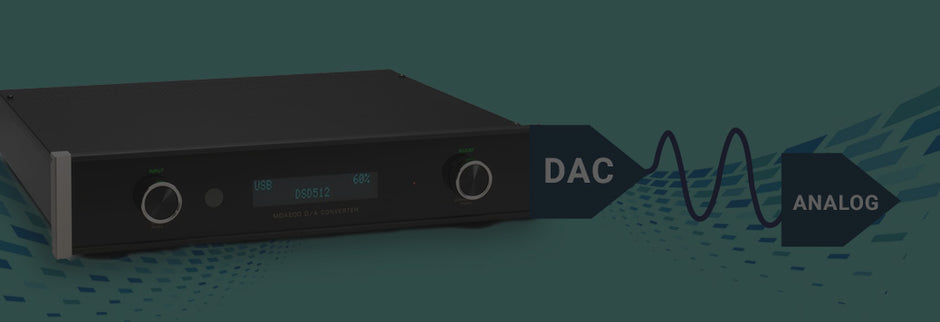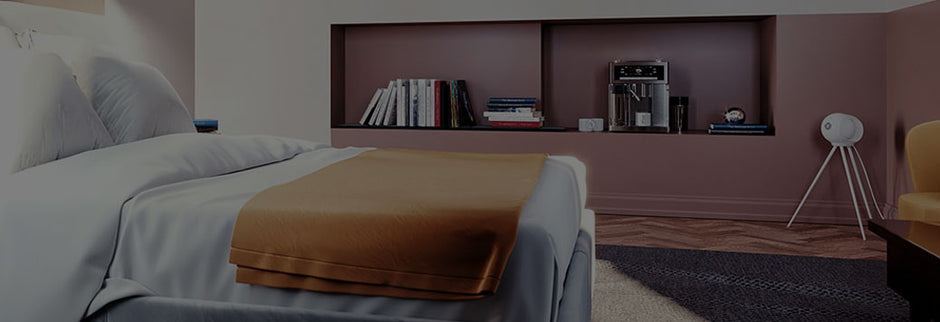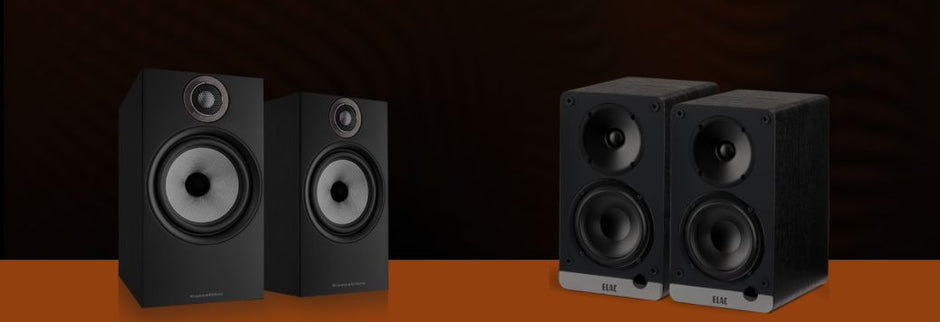Dante-enabled devices have ushered in a new era of audio networking that simplifies cabling, improves audio quality, allows for enhanced scalability and is extremely cost-effective
In the realm of audio systems, the transition from traditional analogue wiring to digital networking has brought about a revolution, transforming the way we perceive and handle sound transmission. This shift is particularly evident in the home theatre and hospitality sectors, where the demand for high-quality, reliable and flexible audio is paramount. Dante, an audio networking technology, is at the forefront of this digital revolution, rapidly gaining acceptance over traditional wiring methods.
The Era of Traditional Audio Wiring
Image credit - Home Cinema Guide
Traditional audio wiring has been the backbone of sound systems for decades. It relies on analogue signals transmitted over copper cables. Each audio channel requires a separate cable, leading to complex, bulky and often messy cable networks. This is especially true in large setups like home theatres or hospitality venues, where multiple audio sources and outputs are common.
The traditional wiring method has its drawbacks. The signal quality can degrade over long distances due to the inherent resistance in copper cables. Interference from other electronic devices can also affect the audio quality. Furthermore, setting up and managing these systems can be labour-intensive and time-consuming, requiring a significant amount of planning and physical labour.
The Advent of Dante
Dante, which stands for Digital Audio Network Through Ethernet, is a combination of software, hardware and network protocols. It delivers uncompressed, multi-channel, low-latency digital audio over a standard Ethernet network. Unlike traditional systems, Dante uses a single, standard network cable to carry multiple channels of audio.
The wiring of a Dante system is straightforward. A standard Ethernet cable connects all devices in the network and each device has a unique network address. This setup allows for easy routing and rerouting of audio channels, providing a level of flexibility unheard of in traditional systems.
Dante audio networking primarily uses standard Ethernet cables, specifically Cat5e or Cat6 cables. These cables are not only readily available but also affordable, making the setup cost-effective. The use of Ethernet cables also means that Dante can leverage existing network infrastructure, reducing the need for dedicated audio cabling.
Ethernet cables used in Dante systems can transmit both power and data, thanks to Power over Ethernet (PoE) technology. This feature further simplifies the cabling requirements, as devices like microphones and speakers do not need separate power cables.
A typical Dante setup consists of audio devices connected to an Ethernet switch using standard Ethernet cables. Each device in the network, whether it’s a microphone, speaker, or audio mixer, has a Dante interface that allows it to send and receive audio channels over the network. The Ethernet switch serves as the central hub, routing audio data between devices. Multiple switches can be interconnected in larger setups to create a more extensive network.
Dante vs. Traditional Wiring: The Differences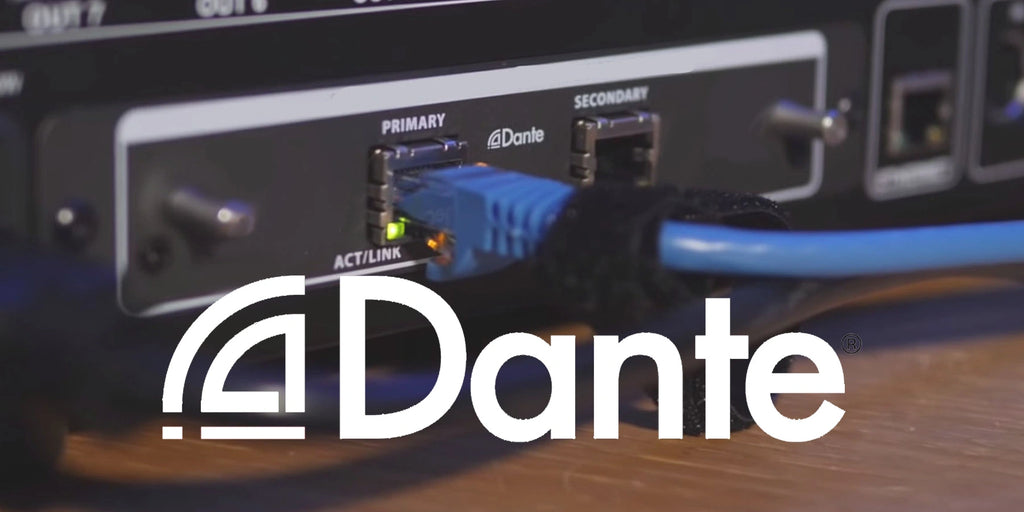
Image credit - Noisegate
The primary difference between Dante and traditional audio wiring lies in their approach to signal transmission. Traditional wiring requires a physical path for each audio signal, leading to a complex web of cables. On the other hand, Dante sends audio digitally over a network, significantly reducing the need for extensive cabling. This not only simplifies installation but also makes system expansion much easier.
Dante’s superior sound quality is another significant advantage. Because it transmits audio digitally, there is no loss of quality over long distances, unlike analogue signals. This is particularly beneficial in large venues, where audio signals often have to travel long distances.
One of the key features of a Dante setup is its flexibility. You can easily route audio between any devices on the network using Dante Controller software. This software provides a visual interface for managing your audio routes, making it easy to change the configuration as needed.
Moreover, Dante systems are scalable. You can start with a small setup and expand it over time by simply adding more devices to the network. There’s no need to overhaul your cabling whenever you want to add a new device making it a cost-effective solution for growing businesses.
Why Dante?
The advantages of Dante over traditional wiring are clear. Its simplified cabling, superior audio quality and scalability make it an excellent choice for anyone building home theatres or audio systems in hospitality venues.
In addition, Dante is compatible with standard network equipment, making it a cost-effective solution. It also offers advanced features like automatic device discovery and easy channel routing, which can significantly reduce setup time and maintenance efforts.
As we move towards a more digital and interconnected world, technologies like Dante represent the future of audio systems. They provide unparalleled sound quality and flexibility, making them an ideal choice for modern, high-quality audio systems. Its advantages over traditional wiring methods make it a compelling choice for anyone seeking to deliver high-quality audio in a flexible, scalable and cost-effective manner.

